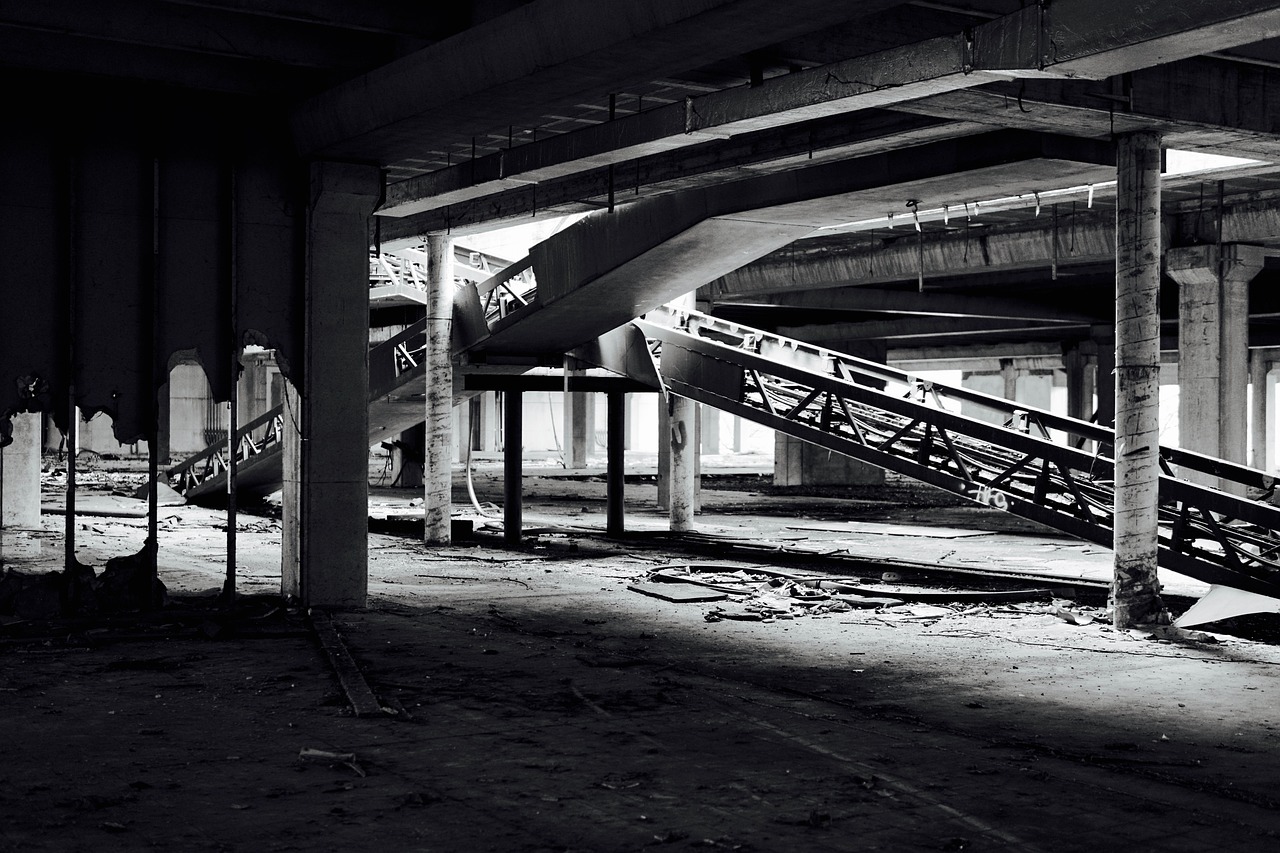
Just like not all physicians make caring clinicians, not all technologists fulfill their obligations to the patient. And unfortunately, at some point in your career, you will likely encounter one of these medical team members. Perhaps, the negligent technologist always leaves at 4:00 PM regardless of whether they are evaluating a patient for a STAT study, like a pelvic ultrasound for a ruptured ectopic. Or, maybe, they see an MRI sequence with many artifacts and decide to do nothing about it. One of these situations will likely occur as a resident or attending. Therefore, it is essential to know what to do. To clarify the rules of the road, I will divide the blog into the four strategies outlined below.
Don’t Beat Around The Bush (Be Direct)
Open communication is one of the essential ingredients to prevent recurrent episodes of negligence. If you discover an issue, why wait to address it when it is no longer fresh in anyone’s mind? Maybe, the tech was not passive-aggressive when he made the error in judgment. Instead, perhaps, he did not realize that neglecting to correct the MAs for body weight would cause a problem with the film. You must talk directly with him to find out. Sometimes confronting the issue head solves the problem permanently. Of course, that does not always happen, which brings us to the next heading!
Talk To Your Program Director
Regrettably, you still have not solved the problem by directly talking with the technologist. So, who better to discuss the issue with than the program director? Perhaps, she can guide you to what you should do next. Or even better, maybe, she can take care of the entire situation for you. Many times this simple action will solve the problem.
Document, Document, Document
Rarely talking to the technologist or the program director does not solve the problem. So, what to do next? Well, if you find that the offenses are recurrent, you must document each of the episodes. Only when you have objective data can you use it to change the situation, primarily as a resident. Why? For the most part, the technologist has likely been working for many more years than you at the institution. Therefore, the technologist’s word will often carry more weight than yours.
Why else is the technologist in a better position than the radiology resident? The institution has more to lose when a negligent technologist leaves instead of a resident because it is more costly. So, you will need to keep a written or electronic log. And be specific. Accurately state what happened, how it occurred, and when it transpired. Make sure that you can confirm the information as quickly as possible.
Discuss With Administration
OK. Direct communication has not worked to change the behavior. Nor was the episode a “one-off” event. So, what do you do next? If you need the behavior to cease, discussing the matter with the administration is imperative. Each hospital may have a different administration member to help with this. Typically, it may be a hospital liaison/radiology manager or the DIO (head of GME).
And what can they do with the documentation that you provide? It can serve as a basis to change the offending behavior of the technologist. Also, the hospital can use it to help decide whether to remediate, train, or fire. Whatever the case, when things become that dangerous, you need to address the event to the “higher-ups.”
Dealing With The Negligent Technologist
Often, the most challenging part of playing the role of the resident is not the technical work. Instead, the hard part usually comes down to how you negotiate with other human beings. So, follow the strategies that I have provided. First, communicate directly. Then, talk to your program directors. And finally, rarely, if all else fails, document everything yourself and speak with the hospital administration. These strategies are a logical approach to dealing with the negligent technologist.
Moreover, it should work to remedy most problems. Most importantly, however, you should never neglect to deal with a negligent technologist. Remember, you took the Hippocratic oath. Patient care comes first!











